The dollar rose 0.22% to 104.31 on Monday after data showed U.S. business activity stabilized in March, along with a report that President Donald Trump would be flexible on upcoming tariffs. The U.S. composite Purchasing Managers' Index (PMI), which tracks manufacturing and services, rose to 53.5 this month from 51.6 in February. A reading above 50 indicates expansion in the private sector. The services sector accounted for much of the increase in the PMI, partly due to lower temperatures as spring arrives.
However, on March 26, the greenback fell 0.05% to 104.21 due to investor concerns about the US President's planned tariffs, after an earlier rally due to optimism that he would be flexible in applying import taxes.
But by March 27, the DXY index had rebounded 0.48% to 104.67 as traders awaited an announcement from President Trump on auto tariffs. Trump had said tariffs on imported cars could be imposed this week, ahead of plans to announce a series of “reciprocal” tariffs next week. Trump and his economic advisers have promised to announce those tariffs, and possibly some additional sectoral tariffs. In addition, Minneapolis Federal Reserve Bank President Neel Kashkari said he was uncertain about the impact of tariffs on the U.S. economy, noting that they could push up prices or slow economic growth and require lower borrowing costs.
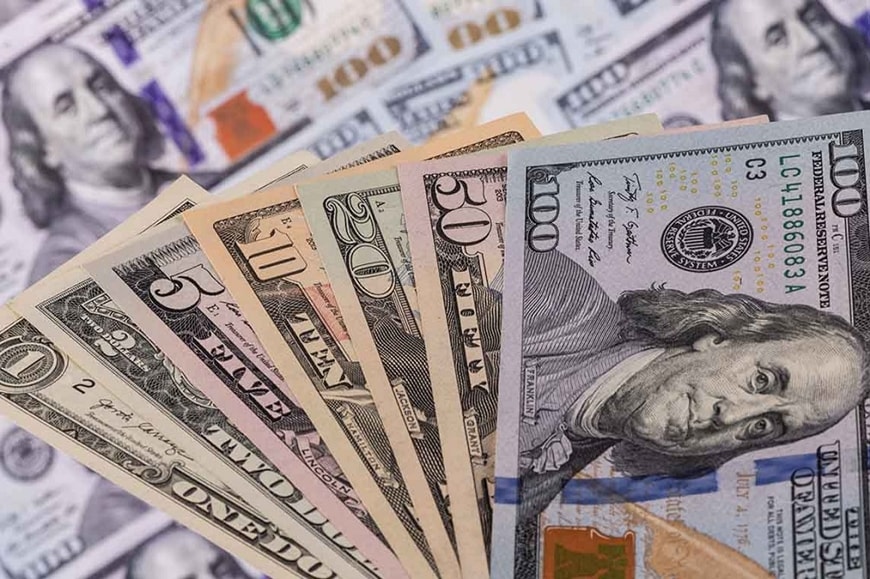
The dollar fell 0.27% to 104.28 on March 28 as traders weighed the tough tariffs that the US president is expected to announce next week. Rising optimism that President Donald Trump will be flexible in implementing tariffs boosted the greenback earlier this week, but traders remained nervous ahead of his planned “reciprocal” tariff announcement on April 2.
The greenback ended the week down 0.32% to 104.01 amid concerns that US trade tariffs will slow economic growth and cause inflation to flare up again. “We do not expect the dollar to strengthen in this case, as the market remains concerned about the prospect of a US economic slowdown. The implementation of new tariffs will also take time, which will allow for future negotiations,” said foreign exchange analysts Athanasios Vamvakidis and Claudio Piron at Bank of America.
The US currency also fell after data showed core inflation rose by a better-than-expected 0.4% in February. Headline inflation rose by a more-than-expected 0.3%. US consumer spending also rebounded in the month. Separately, a survey from the University of Michigan showed that consumers' 12-month inflation expectations jumped to their highest level in more than two years in March.
In the domestic market, at the beginning of the trading session on March 30, the State Bank announced the central exchange rate of the Vietnamese Dong against the USD increased by 30 VND per week, currently at 24,843 VND.
The reference exchange rate at the State Bank's transaction office has slightly decreased, currently at: 23,651 VND - 26,035 VND.
USD exchange rates at commercial banks are as follows:
Vietcombank buys 25,370 VND; sells 25,760 VND
Vietinbank buys 25,245 VND; sells 25,825 VND
BIDV buys 25,405 VND; sells 25,755 VND
Source: https://baodaknong.vn/ty-gia-ngoai-te-hom-nay-30-3-chi-so-usd-index-xuong-muc-104-01-247679.html


![[Photo] Prime Minister Pham Minh Chinh receives Country Director of the World Bank Regional Office for Vietnam, Laos, Cambodia](https://vphoto.vietnam.vn/thumb/1200x675/vietnam/resource/IMAGE/2025/5/15/2c7898852fa74a67a7d39e601e287d48)
![[Photo] In May, lotus flowers bloom in President Ho Chi Minh's hometown](https://vphoto.vietnam.vn/thumb/1200x675/vietnam/resource/IMAGE/2025/5/15/aed19c8fa5ef410ea0099d9ecf34d2ad)



![[Photo] President Luong Cuong attends the National Ceremony to honor Uncle Ho's Good Children](https://vphoto.vietnam.vn/thumb/1200x675/vietnam/resource/IMAGE/2025/5/15/9defa1e6e3e743f59a79f667b0b6b3db)






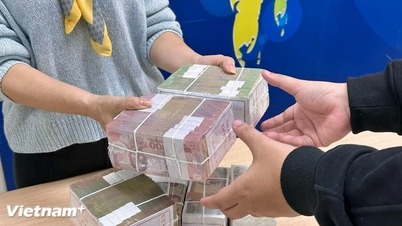





























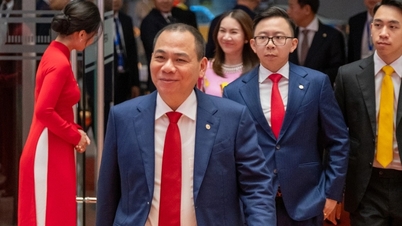














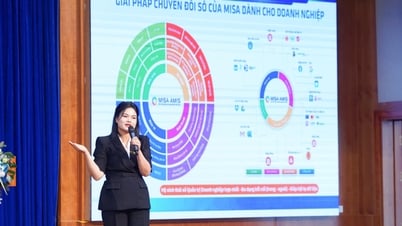



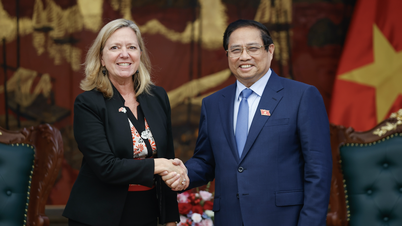




























Comment (0)